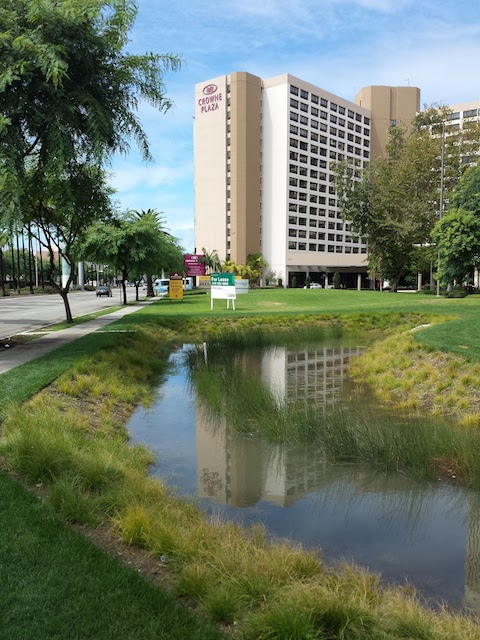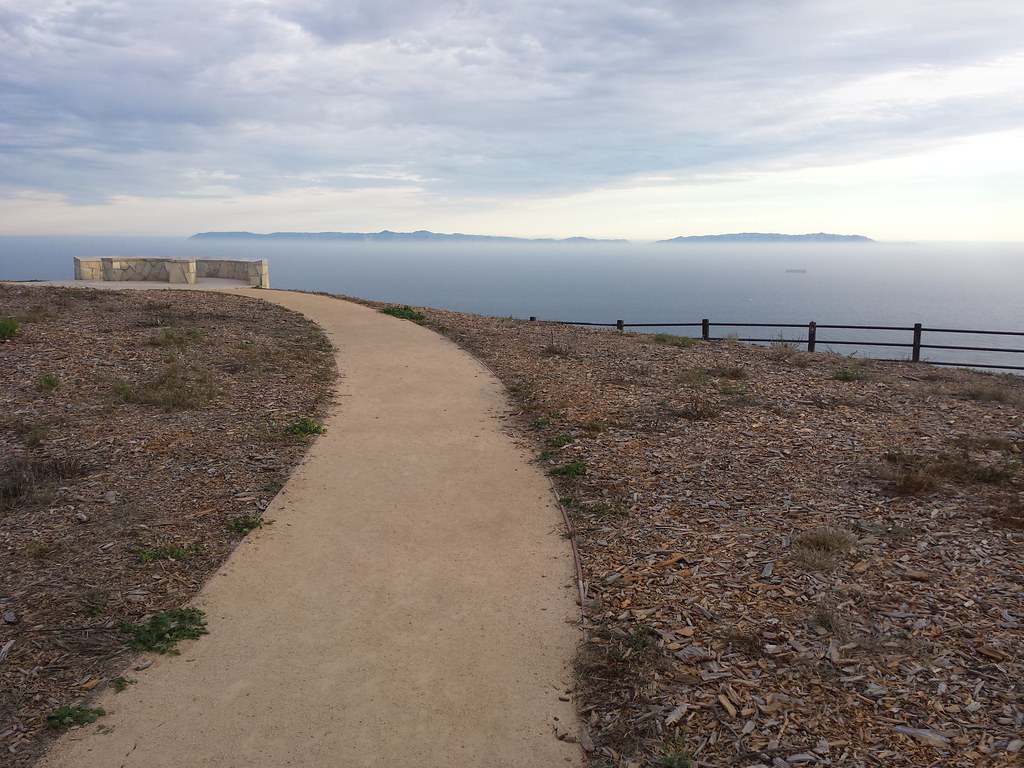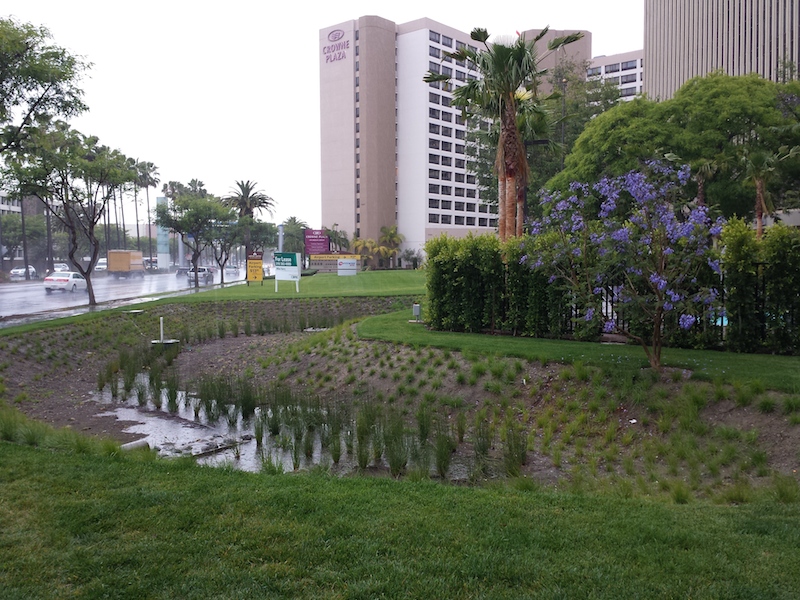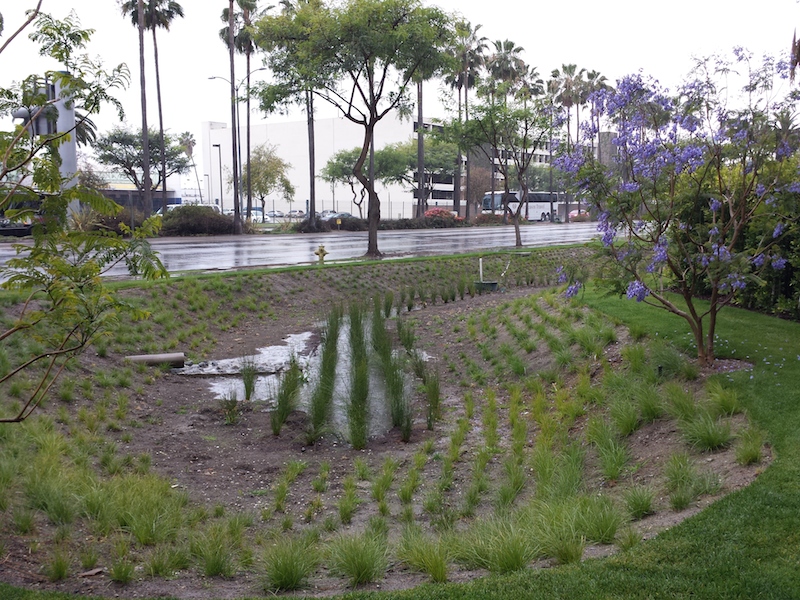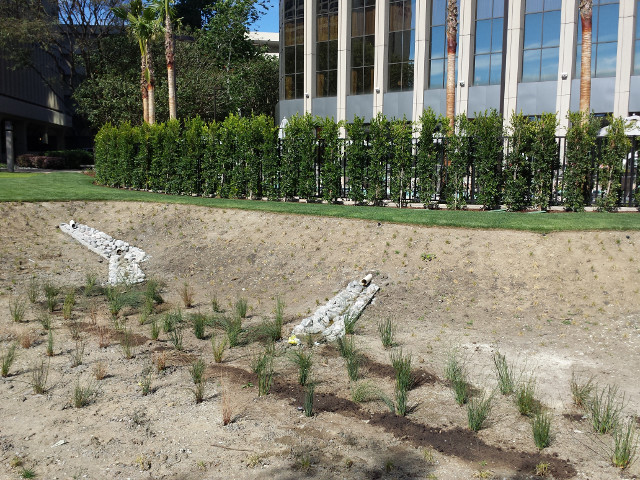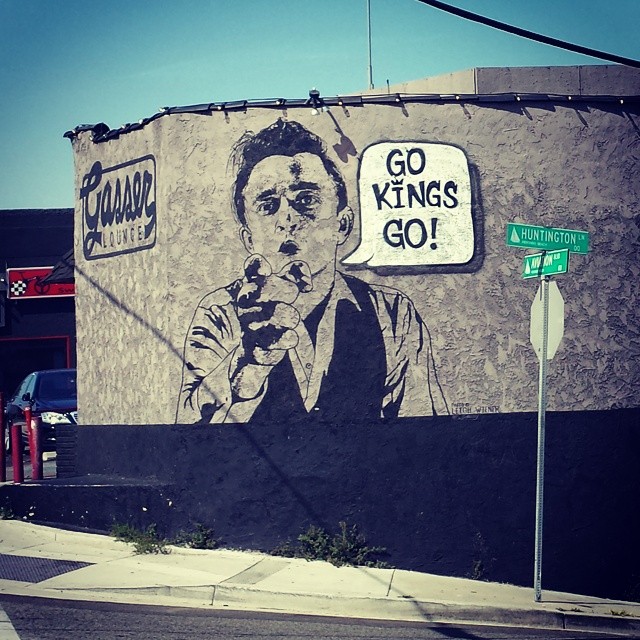The full moon hung low in the east, rising pale yellow against a shadowed sky. A cluster of lights floated next to it, airplanes lining up for approach to the runway I was driving past. I’d glanced over just as I passed under their flight path.
Above the moon and the lights, a band of pink crossed the sky. Above that, it shaded into blue.
To the west, past a chain link fence, past the tracks being laid down for a rail extension, past the expanse of the runway itself, the sky was orange. Bright yellow clouds, the only clouds in the sky, shone with light from the sun that hadn’t quite set for them yet.
I drove on.
